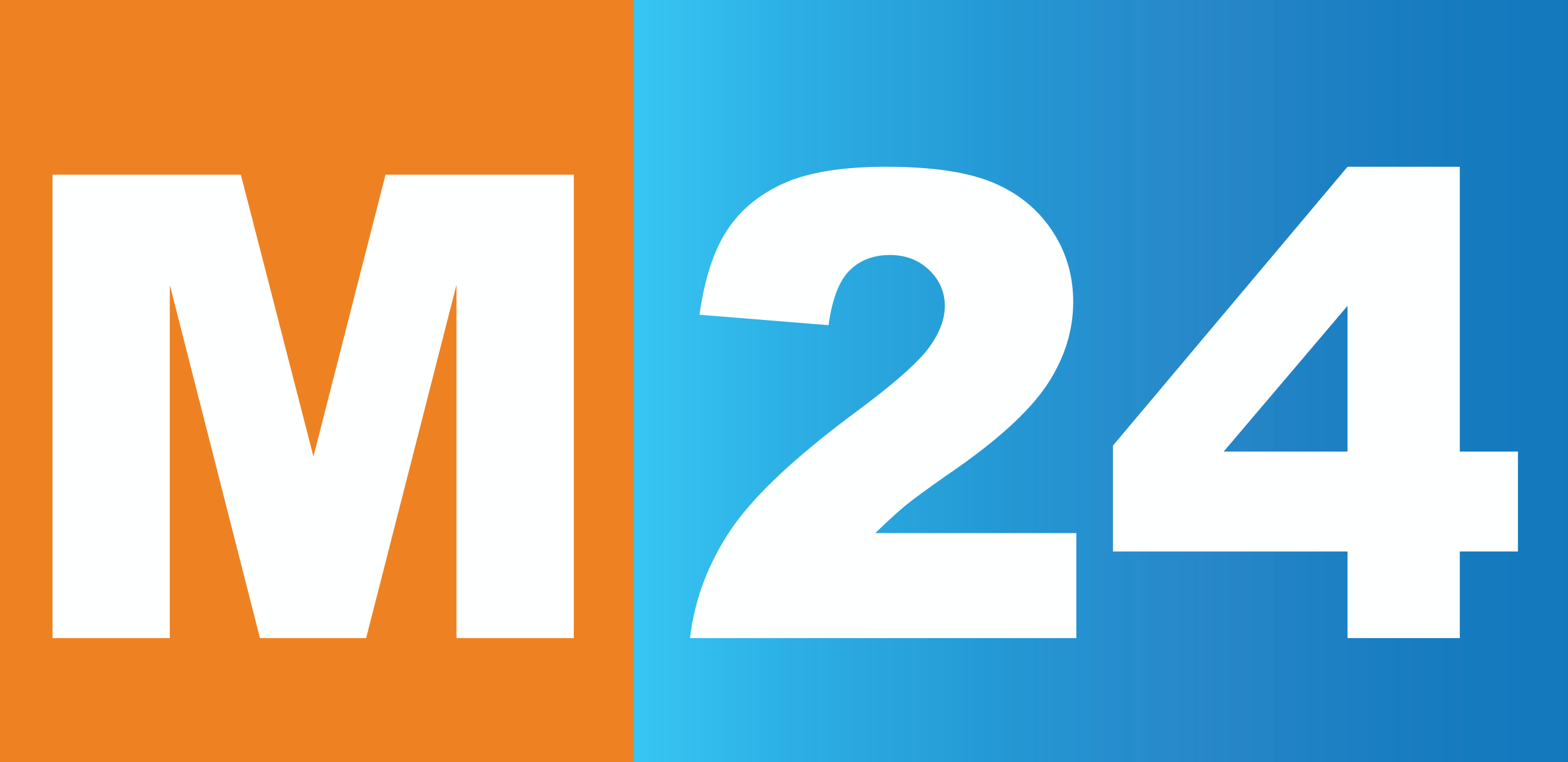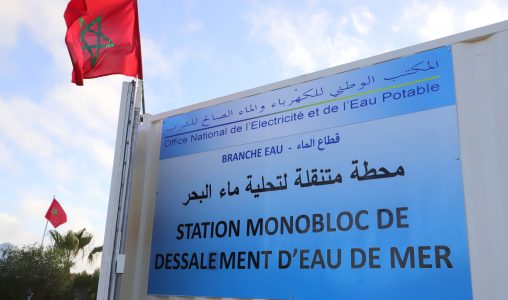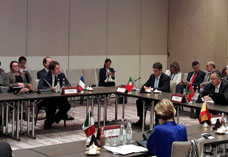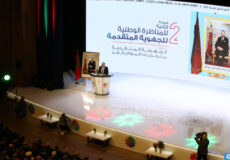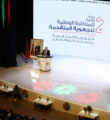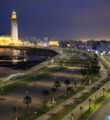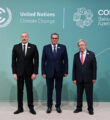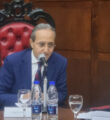Tarfaya’s Seawater Desalination Station, ‘Efficient’ Solution to Meet Demand (Official)
Tarfaya – The construction of a monobloc seawater desalination plant in the city of Tarfaya is an “efficient” solution to meet the demand for water in the city, said the director general of the National Office of Electricity and Drinking Water (ONEE), Abderrahim El Hafidi.
El Hafidi told MAP that the project to strengthen the drinking water supply in the city of Tarfaya, which he inaugurated on Wednesday along with the governor of the province, Mohamed Hamim, is an achievement of “great importance”, as it was completed in a “very short” time thanks to the expertise of a Moroccan company.
He noted that the strong demand for water required the search for quick and effective solutions to meet the needs of the people of this city.
The project to strengthen the drinking water supply in the city of Tarfaya, which required 8 million dirhams, will make it possible to reduce the deficit of 36% recorded in the production of drinking water and meet the needs in drinking water, in the short term, especially during the summer season.
In addition, and in order to secure and strengthen the production of drinking water in the city of Tarfaya, ONEE is currently carrying out another structuring project with a view to strengthening and securing the production of drinking water in Tarfaya (50 million dirhams).
This project consists of the construction of a new seawater desalination plant for an additional flow of 15 l/s.
This project, which is expected to be operational in 2022, will meet the population’s needs for drinking water in the medium and long term, improve their living conditions and contribute to the region’s economic and social development.
Regarding the liquid sanitation project, underway in Tarfaya, the director general of ONEE said it will have a “very positive” impact on the health of the populations of Tarfaya, through the reuse of waste water and the irrigation of green areas.
This project, which records a progress rate of 70% and required 70 million dhs, consists of the extension of the sewerage network over a length of 11.2 km, the construction of a pumping station and the construction of a treatment plant with a capacity of 873 m3/d.
